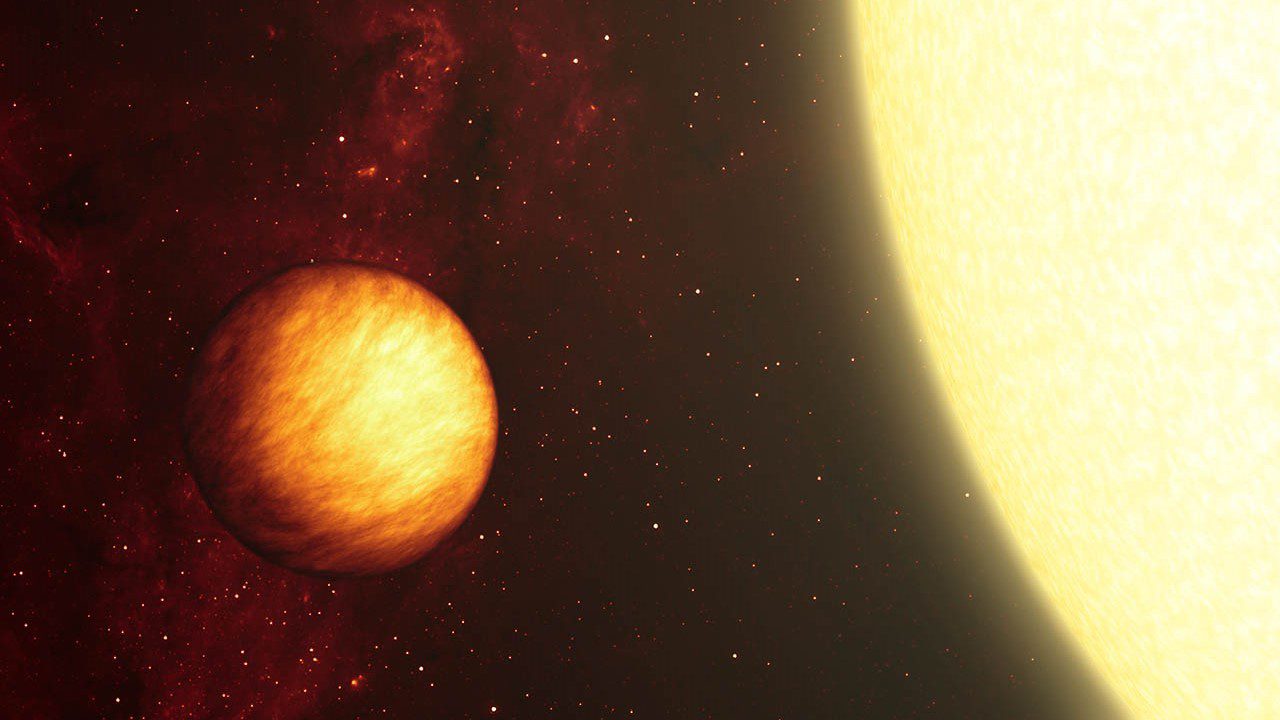This article explores the top 10 most extreme planets in the universe, showcasing the diversity and extremity of planets that exist. KELT-9b is the hottest planet with temperatures reaching up to 4,300 degrees Celsius, while OGLE-2005-BLG-390Lb is the coldest planet with temperatures dropping as low as -220 degrees Celsius. TrES-4b is the largest planet with Kepler-37b being the smallest. Kepler-438b is one of the most habitable planets, with Earth-like characteristics, while Io is one of the most volcanic planets with over 400 active volcanoes. HD 189733b is the most windy planet, while Mars is the driest and Venus is the cloudiest. Finally, WASP-12b is the most energetic planet with radiation levels that are 3.6 million times higher than those on Earth.
The Top 10 Most Extreme Planets in the Universe
When it comes to extreme planets, the universe has no shortage of them. From planets that are so hot they melt rocks to those that have no atmosphere, the diversity and extremity of the planets in the universe is fascinating. In this article, we will be exploring the top 10 most extreme planets in the universe.
1. The Hottest Planet: KELT-9b
KELT-9b is the hottest planet in the universe, with temperatures reaching up to 4,300 degrees Celsius (7,800 degrees Fahrenheit). It is so hot that it glows blue and white, and its atmosphere is constantly being stripped away by the radiation from its star. It is located 670 light-years away from Earth, in the constellation Cygnus.
2. The Coldest Planet: OGLE-2005-BLG-390Lb
OGLE-2005-BLG-390Lb is the coldest planet in the universe, with temperatures dropping as low as minus 220 degrees Celsius (minus 364 degrees Fahrenheit). It is located 20,000 light-years away from Earth, in the Milky Way galaxy. The planet is an icy giant that is likely to have a thick layer of frost covering its surface.
3. The Largest Planet: TrES-4b
TrES-4b is the largest known planet in the universe and is also one of the least dense. It is roughly the size of Jupiter but only about 70% of its mass. It is a gas giant that is located about 1,500 light-years away from Earth, in the constellation Hercules.
4. The Smallest Planet: Kepler-37b
Kepler-37b is the smallest planet in the universe, weighing in at just 0.03 times the mass of Earth. It is a rocky planet that is located about 212 light-years away from Earth, in the constellation Lyra.
5. The Most Habitable Planet: Kepler-438b
Kepler-438b is one of the most habitable planets in the universe, with Earth-like characteristics such as a similar size and mass. However, it is located about 640 light-years away from Earth, in the constellation Lyra.
6. The Most Volcanic Planet: Io
Io is one of the most volcanic planets in the universe, with over 400 active volcanoes. Its surface is constantly changing due to volcanic activity, and it is located about 800 million kilometers away from Earth, within our own solar system.
7. The Most Windy Planet: HD 189733b
HD 189733b is the most windy planet in the universe, with winds that can reach up to 9,600 kilometers per hour (5,965 miles per hour). It is located about 63 light-years away from Earth, in the constellation Vulpecula.
8. The Driest Planet: Mars
Mars is the driest planet in the universe, with no liquid water on its surface. It is a rocky planet that is located about 228 million kilometers away from Earth, within our own solar system.
9. The Cloudiest Planet: Venus
Venus is the cloudiest planet in the universe, with a thick layer of clouds that covers its entire surface. These clouds are made up of sulfuric acid and can produce lightning. It is located about 40 million kilometers away from Earth, within our own solar system.
10. The Most Energetic Planet: WASP-12b
WASP-12b is the most energetic planet in the universe, with radiation levels that are 3.6 million times higher than those on Earth. It is located about 600 light-years away from Earth, in the constellation Auriga.
In conclusion, the universe is filled with a diverse selection of planets, each with its own unique characteristics and extreme conditions. From the hottest to the coldest, the largest to the smallest, and the habitable to the uninhabitable, the universe never ceases to amaze us with its extremes.
